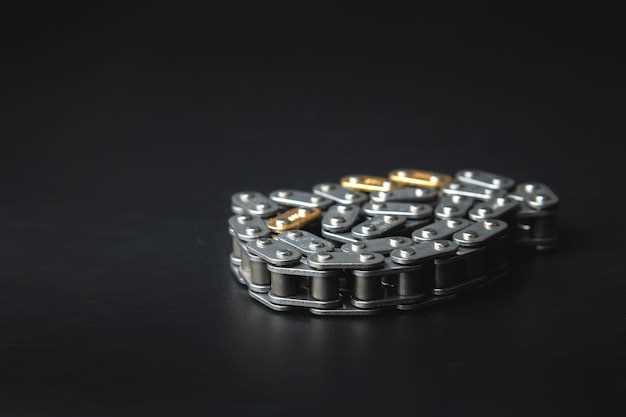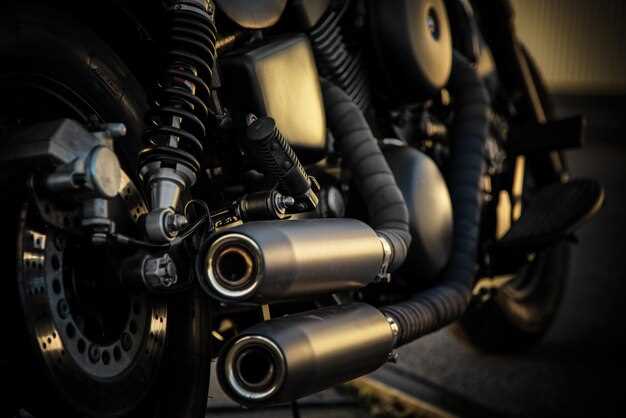

When it comes to maintaining or upgrading a motorcycle, riders are often faced with the choice between OEM (Original Equipment Manufacturer) and aftermarket parts. Understanding the differences between these two options is crucial for making informed decisions that can affect performance, reliability, and cost. OEM parts are produced by the manufacturer of the motorcycle, ensuring compatibility and adherence to the original specifications. On the other hand, aftermarket parts are made by third-party companies and can offer various enhancements and cost savings.
The OEM parts are known for their quality and reliability, as they are designed specifically for the bike they intend to service. This guarantees a perfect fit and maintains the integrity of the motorcycle’s performance. However, one must consider the higher price tag associated with these components, which can deter riders on a budget. In contrast, aftermarket parts often come with a price advantage and a vast selection, allowing riders to customize their bikes according to personal preferences or performance goals.
In this comparison guide, we will delve into the benefits and drawbacks of both OEM and aftermarket motorcycle parts. We will explore factors such as quality, cost, availability, and potential impact on warranty claims. By the end of this article, riders will be better equipped to decide which type of parts best suit their needs and desires for their motorcycle journey.
Understanding the Benefits of OEM Motorcycle Parts

When it comes to motorcycle maintenance and repair, the choice between OEM and aftermarket parts can significantly impact performance and longevity. OEM (Original Equipment Manufacturer) parts are specifically designed for a particular motorcycle make and model, ensuring a perfect fit and compatibility.
One of the primary advantages of OEM parts is their reliability. Each component is manufactured to the exact specifications set by the motorcycle manufacturer, which means they meet strict quality controls. This consistency leads to better performance and reduced risk of malfunction compared to aftermarket alternatives.
Additionally, using OEM parts can help maintain the resale value of the motorcycle. Buyers tend to prefer vehicles that retain original components, reflecting a commitment to quality and care. Consequently, opting for OEM parts can enhance marketability when it comes time to sell or trade the motorcycle.
Warranty coverage is another significant benefit associated with OEM parts. Many manufacturers provide warranties for these components, offering peace of mind to the owner. If a defect occurs, the manufacturer is typically responsible for repairs or replacements, ensuring further protection for the investment.
Furthermore, maintenance performed with OEM parts often aligns with manufacturer recommendations, which might be crucial for warranty compliance. Failing to use OEM components may void the warranty on other motorcycle systems, leading to potential costs and complications down the line.
Lastly, the availability of OEM parts is generally reliable. Manufacturers produce these components in bulk, ensuring that they remain accessible when needed. This accessibility can reduce wait times for repairs and upkeep, essential for any rider eager to get back on the road.
Evaluating Quality and Cost in Aftermarket Motorcycle Parts
When considering aftermarket motorcycle parts, evaluating both quality and cost becomes crucial for enthusiasts and casual riders alike. Unlike OEM (Original Equipment Manufacturer) parts, which are specifically designed for a particular motorcycle model, aftermarket parts can vary significantly in quality, manufacturing standards, and price. Understanding these differences helps riders make informed decisions.
Quality is often the primary concern when choosing aftermarket parts. Some manufacturers produce high-quality components that meet or exceed OEM specifications, offering improved performance or durability. It’s essential to research brands, read reviews, and verify certifications to ensure that the aftermarket parts are reliable. In contrast, lower-quality aftermarket options may be more affordable, but they can lead to increased wear and tear on the motorcycle, potentially resulting in higher long-term costs due to frequent replacements.
Cost is another significant factor when evaluating aftermarket parts. While these components can often be found at a lower price point compared to OEM parts, it’s important to balance cost with quality. Cheap parts may save money upfront; however, they may not perform as well or last as long, ultimately costing more in repairs. Analyzing total ownership costs, including installation, maintenance, and potential failures, provides a comprehensive view of the investment being made.
In conclusion, when assessing aftermarket motorcycle parts, riders should focus on both quality and cost. Prioritizing reputable brands, understanding the implications of quality on performance, and comparing long-term costs versus initial savings will lead to better purchasing decisions, ensuring a safe and enjoyable riding experience.
Making the Right Choice: When to Use OEM vs Aftermarket Parts

Choosing between OEM (Original Equipment Manufacturer) and aftermarket motorcycle parts can significantly impact your riding experience and maintenance costs. Understanding the key differences and specific use cases for each option will help you make informed decisions.
OEM parts are designed by the motorcycle manufacturer and are often seen as the gold standard for replacement. They guarantee compatibility with your specific model, ensuring that parts fit perfectly and function as intended. OEM parts usually come with a warranty, providing peace of mind regarding quality and performance.
However, OEM parts can be more expensive. If budget constraints are a concern and you are looking for a simple replacement without the need for specialized features, opting for aftermarket parts might be advantageous. These parts are available from third-party manufacturers and can often be more affordable than their OEM counterparts.
Aftermarket parts also offer a broader variety of options, including performance enhancements and unique designs that can personalize your motorcycle. If you are looking to upgrade the performance or aesthetics of your ride, aftermarket options may provide solutions that OEM parts do not.
For routine maintenance or repairs that do not significantly affect performance or safety, aftermarket parts can be a practical choice. However, for critical components such as brakes or suspension systems, OEM parts are often recommended due to their reliability and adherence to safety standards.
Ultimately, the decision to use OEM or aftermarket parts should be based on your specific needs, budget, and the intended use of your motorcycle. By weighing the pros and cons of each option, you can ensure your motorcycle runs smoothly and remains safe on the road.
